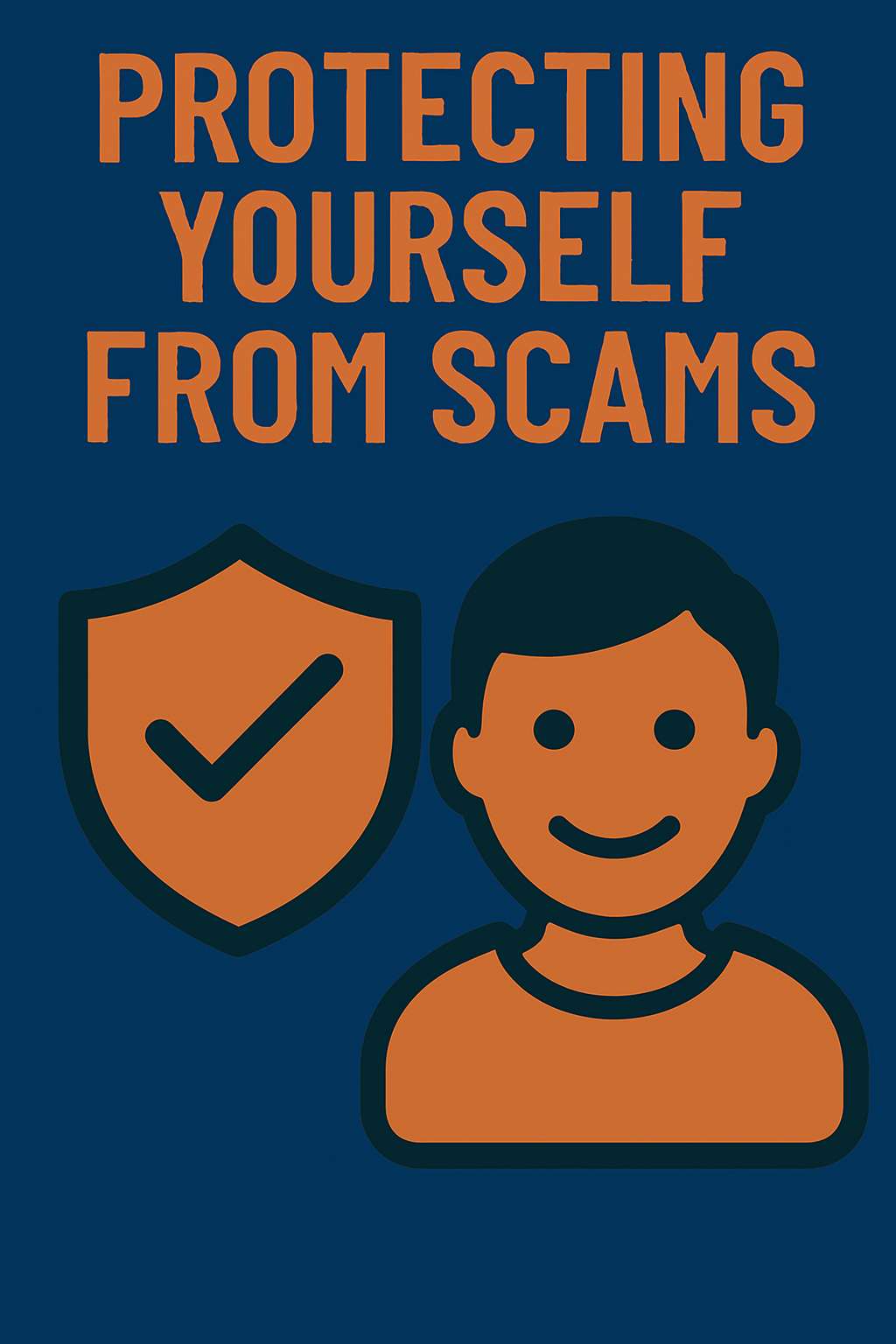Introduction
Fraud is a growing concern worldwide, affecting individuals, businesses, and financial institutions. Scammers use deceptive tactics to manipulate victims into losing money, personal data, or access to financial accounts. Whether you’ve been targeted by investment fraud, identity theft, or online scams, understanding how to prevent, detect, and respond to fraud is crucial.
In this comprehensive guide, we will explore:
✔ The most common types of fraud
✔ How to identify red flags and avoid scams
✔ Steps to protect your financial assets
✔ How to report fraud and seek recovery
✔ External resources for further learning
For additional insights, check out Commonwealth Fraud Prevention Centre and Scams Prevention Framework for expert perspectives on fraud prevention strategies.
1. Understanding Fraud & Scams
A. What Is Fraud?
Fraud occurs when someone deceives another person for financial gain. Scammers use false promises, misleading information, and manipulation to steal money or sensitive data.
✔ Investment fraud – Fake opportunities promising high returns.
✔ Identity theft – Stolen personal information used for financial crimes.
✔ Online scams – Phishing emails, fake websites, and social engineering tactics.
B. Why Is Fraud Increasing?
✔ Digital transactions – More people rely on online banking and payments.
✔ Sophisticated scams – Scammers use AI and automation to target victims.
✔ Lack of awareness – Many individuals don’t recognize fraud warning signs.
For more details, visit Commonwealth Fraud Prevention Centre for insights into fraud detection and prevention.
2. Common Types of Fraud & How to Avoid Them
A. Investment Fraud
✔ Red Flags:
- Guaranteed high returns with no risk.
- Pressure to invest quickly.
- Unregistered investment firms.
✔ How to Avoid:
- Verify investment firms with financial regulators.
- Avoid unsolicited investment offers.
- Research before sending money.
B. Identity Theft
✔ Red Flags:
- Unexpected bank withdrawals.
- Unauthorized credit card charges.
- Emails requesting personal information.
✔ How to Avoid:
- Use strong passwords and enable two-factor authentication.
- Monitor bank statements regularly.
- Never share sensitive data online.
For additional insights, check out Scams Prevention Framework for expert perspectives on fraud prevention strategies.
3. Steps to Protect Your Financial Assets
A. Secure Your Online Accounts
✔ Use unique passwords for each account.
✔ Enable multi-factor authentication for banking and email.
✔ Avoid public Wi-Fi when accessing financial accounts.
B. Monitor Transactions & Credit Reports
✔ Check bank statements for unauthorized transactions.
✔ Freeze credit reports if identity theft is suspected.
✔ Report suspicious activity to financial institutions.
For more insights, check out Taking Action: An Advocate’s Guide for expert perspectives on assisting fraud victims.
4. How to Report Fraud & Seek Recovery
A. Reporting Fraud to Authorities
✔ Contact financial regulators – Report investment scams.
✔ File a police report – Essential for identity theft cases.
✔ Notify banks & credit card companies – Prevent further losses.
B. Seeking Recovery After Fraud
✔ Work with fraud recovery specialists – Some firms help victims reclaim lost funds.
✔ Monitor accounts for future fraud attempts – Scammers may target victims again.
✔ Educate others – Share fraud prevention tips with family and friends.
For additional resources, visit Commonwealth Fraud Prevention Centre for expert perspectives on fraud prevention strategies.
Final Thoughts: Staying Safe from Fraud
Fraud is constantly evolving, but by staying informed and recognizing warning signs, individuals can protect themselves from scams. Whether you’re dealing with investment fraud, identity theft, or online scams, taking proactive measures can help safeguard your financial future.
Would you like a custom fraud recovery plan tailored for your situation? Let’s discuss!
For further reading, visit Scams Prevention Framework and Taking Action: An Advocate’s Guide for expert perspectives on fraud prevention strategies.

No responses yet